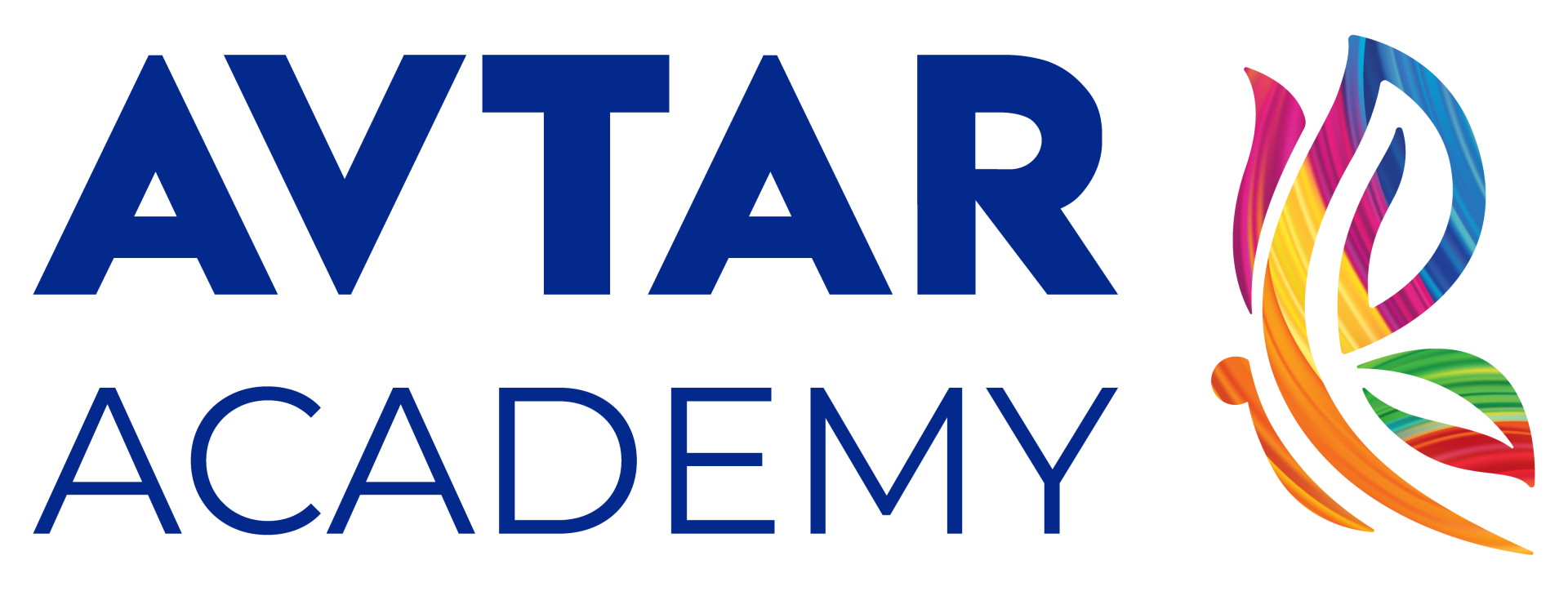
The Ultimate DEI Lexicon
A compilation of transformative language, empowering individuals and organizations to
build a more inclusive and equitable world.
Refers to guaranteed dependent care that is used not on a regular basis when other forms of care are not available. This does not include resource and referral and is separate from backup child care. Dependents needing care can include elderly family members, spouses, terminally ill family members, and adult children with special needs.
A combination of perceived areas of competence, motives, and values relating to professional work choices.
sabbatical.
Organizations which are strong advocates of the concepts of diversity, inclusion and equality and have achieved significant milestones in the D&I space through specifically targeted initiatives.
The career stage of a professional when he/she is at the threshold of his/her career and is typically aged between 20 to 30 years.
The labour force participation rate of women in the workforce.
Professionals born between 1981 and 1990.
This refers to a family member (s) of a professional who has the will, reliability and health to carry out his/her domestic commitments (household duties and child/elder care) while he/she is away at work.
Indian Man Professional.
An alternate, flexible work arrangement in which one job is shared between two people, who might work alternate days, half weeks, or alternate weeks, or one person working in the morning and one in the afternoon.
The rate of participation of a certain group of professionals in the active labour force.
A curve shaped like the alphabet M that shows the labor force distribution of women by age with the age brackets 20 to 24 and 45 to 49 being two peaks. This concept was proposed basis research on Japanese women.
Refers to paid leave offered to new fathers on the birth of their child. It could also be applicable to adoptive fathers.
Personal characteristics associated with race (such as hair texture, skin color, or certain facial features).
A period of absence granted to an employee traditionally to acquire new skills, to rest or to travel.
A pool of candidates qualified to assume open positions that have been created or vacated through a retirement or a promotion.
Derived from the company Uber, the term refers to a transition to an economic system where corporates exchange under-utilized capacity of existing human resources while incurring low transaction costs.
The penalty a professional has to face in terms of a decrease in salary he/she draws after a career break as compared to what he/she was drawing pre-break.

